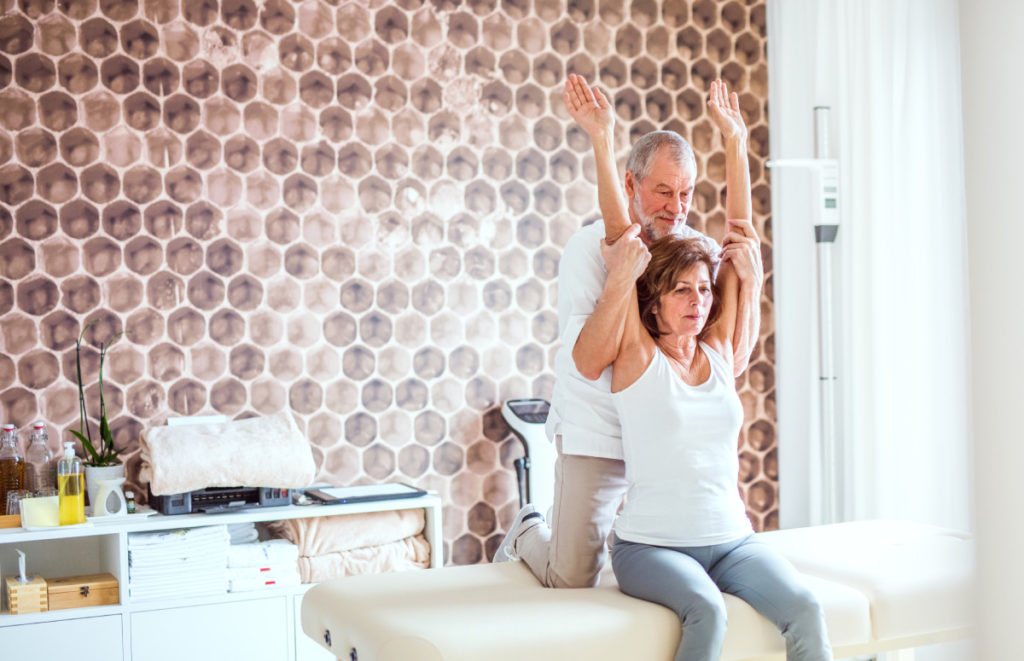Taking care of your scar tissue after a breast augmentation surgery can be done at home with professional advice from your physician. Among the many things you can do, exercising and doing stretching is vital to ensuring your skin will not harden in a particular way that restricts your mobility. Today we will cover this aspect of scar tissue management.
What Is Your Scar Tissue Made Of?
As your body responds to a wound, that portion of your skin goes through a healing process where collagen-rich tissue is formed to prevent contamination from outside. In the early stages of formation, scar tissue tends to be soft. During this period it is vital that you do not allow this tissue to remain static because as time goes by it will harden into a thicker tissue which may become problematic later.
When a patient is going through a period of rest, it is easy to ignore the necessities of stretching because the usual movements during bed rest are generally simple and lack a full range of motion. Only when one does start to become more active will the feeling of tightness or restriction start to become obvious.
Essentially what you are expecting is to break that scar tissue gently through stretches and movements without necessarily reopening the wound. That way it will continue to heal and conform to a structure that best fits your important ranges of motion.

Stretches And Exercises
In the earlier stages of healing you can go through a scar tissue massage to gently break down the tissue and allow it to improve its form. Now before you proceed with this, get a green flag from your doctor so you know exactly when it is okay to apply pressure on the surgical site.
The massage can be done using your fingertips while applying just enough pressure that you feel your skin pressed with a little weight but not too much that it feels like it is digging in. Apply circular motions on your skin. There is no fixed length of time for doing this but a count up to 10-20 rotations may be a good start.
When your doctor also gives the green flag for increased movement, you can begin trying out stretches that will help with your mobility. A simple raising of your hand vertically over your head will help stretch that area on your breast. Now you can do another stretch similar to this but over to your side as if your arms were wings and you are spreading them. Repeat the motions for 8 counts each.
These stretches are general stretches that engage your chest area. Depending on the incision sites at your breast, your doctor will also advise you which particular stretch is most beneficial.
For more delicate and complex post-breast surgery cases, a physical therapist is necessary for guiding you through the stretches and exercises that will progress throughout your duration of healing.
Don’t Forget Your Support
While all the increased movements and stretches are helpful in improving your skin elasticity especially at the scar site, your breasts still need to have a structured support so that gravity will not dictate how your scar tissue will form. For this reason, a post-breast surgery support bra is necessary. These are medical-grade and are mandated by your doctor.
Nutrition To Balance It Off
Since you are breaking down your scar tissue slowly and allowing it to heal over and over again, eating the right kind of diet will facilitate the healing process. Eating food rich with vitamin B (meat, green vegetables and supplements), Vitamin E (eggs, corn, fish, mixed nuts), and Vitamin C (oranges, strawberries, tomatoes) will also help. Lastly, never underestimate the importance of hydration. If you use moisturisers frequently to hydrate your skin, drinking a healthy amount water will do you even more good.
